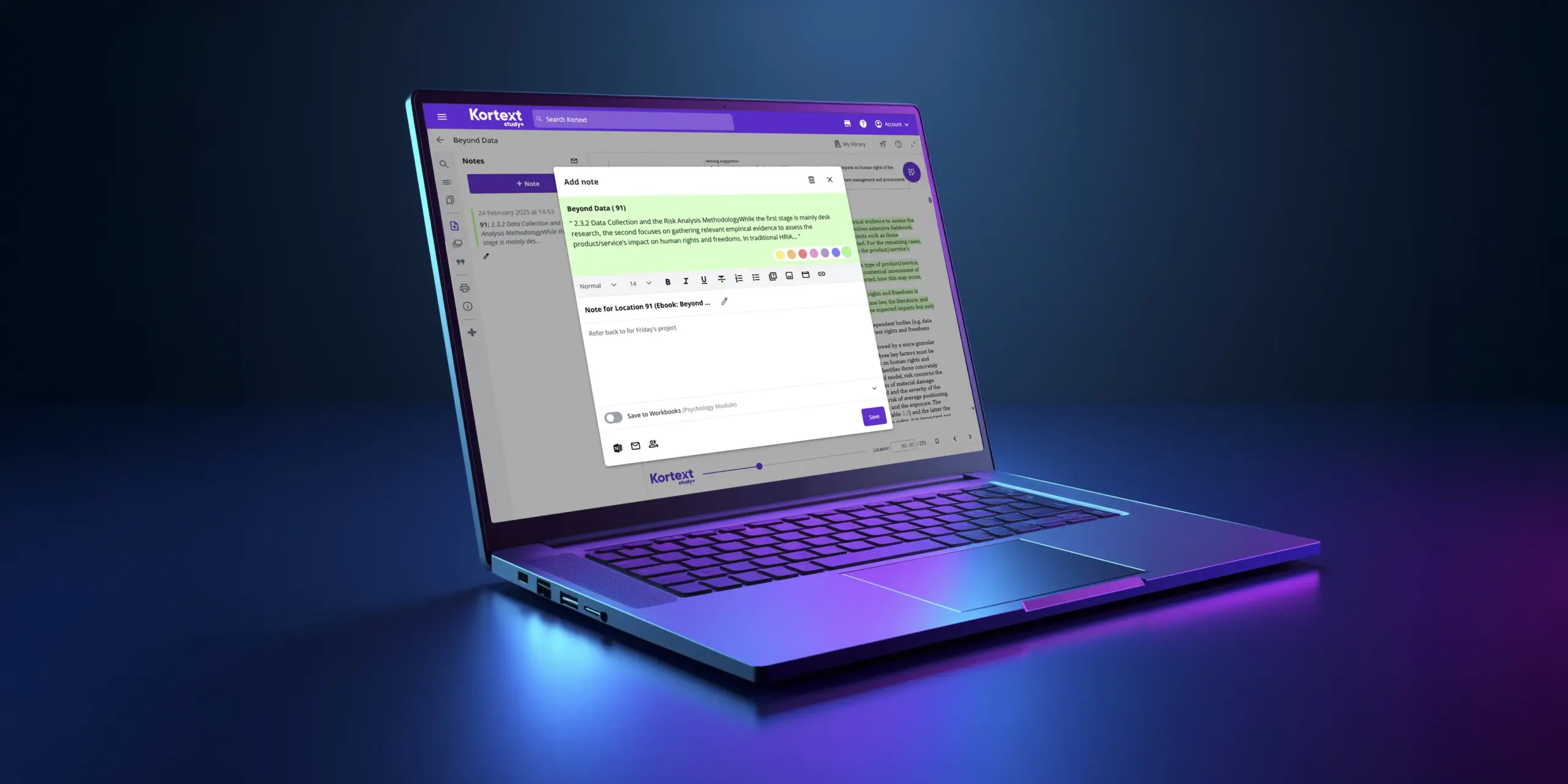It comes as no secret nor surprise that we’re in the midst of an environmental and ecological crisis.
Our air is more polluted than it should be, babies are being born full of microplastics and we are having incredible trouble dealing with our waste.
To ensure we have the best chance at a brighter, more sustainable future for ourselves and those yet to join us, the COP26 conference, short for the 26th year of UN Climate Change Conference of the Parties, will take place in Glasgow.
From 31st October – 12th November, the international meeting will attract governments, NGOs, trade unions, businesses and anyone else with an interest in climate change to one place to review and negotiate global action.
To add trajectory to their plans to tackle climate change, the conference has four key goals that will be discussed during the event:
- Secure global net zero by mid-century and keep 1.5 degrees within reach
- Adapt to protect communities and natural habitats
- Mobilise finance
- Work together to deliver
Whilst many of us will not be able to attend the conference, we will be waiting in anticipation for the plans of action.
In the meantime, it’s on us to take a constructive approach and think about what we can do as individuals and institutions to help tackle the crisis.
What role do higher education institutions play in the climate and ecological crisis?
Quite a large one.
Whilst many campuses have climate pacts and eco-friendly solutions for their coffee cups, lighting and more, there’s one element that’s possibly overlooked.
Print books.
The hidden cost of print books

We’re not talking about the additional charge to students, we’re talking about the price the environment must pay to print books.
Excluding their packaging and delivery, according to our research, a print book can leave a carbon footprint of up to 2.7kg. To put this into perspective, the average plastic bin bag leaves a carbon footprint of 55g.
In 2020 alone, 202 million print books were sold. Of those, a fair amount would be time-sensitive editions that are only valid and applicable for one academic year.
Therefore, their timeliness and relevance continually decreases, as does the likelihood of resale or being claimed from the shelves of their library.
How can higher education institutions help with the climate crisis?
It’s well known that higher education institutions are striving to educate the next generation to be braver, bolder and smarter than their predecessors.
They also want their graduates to be well-rounded individuals, but what should that look like when it comes to the environment?
Awareness.
As individuals, we should all be aware that we need to reduce our consumption of resources and focus our energies on sustainability.

When it comes to higher education, there are certain elements of consumerism that cannot be avoided, such as core reading and the supplementary reading that is essential to help students achieve a greater depth of knowledge and, subsequently, those higher grades.
Last week, we wrote about both the paper shortage that is wreaking havoc in the publishing industry and the expected influx of university applicants as the children of the early 2000’s baby boom begin their journeys into higher education.
Core and supplementary reading is excellent for delivery of outcomes, but delivery of physical textbooks will be slightly difficult if the materials aren’t available or demand is too high.
Both issues will be problematic for higher education institutions over the next 12 months and beyond, but there is an easy solution – eTextbooks.
Whilst environmentalists argue that eTextbooks and digital content consumption is just as bad for the environment as a physical book, the only research available relates to purchase of new iPads and eReaders.
eTextbooks and digital content can be consumed on various devices that students will own or have access to already for their studies, such as laptops, computers, smartphones and tablets – arguably causing no additional impact on the environment other than the energy required to power the device, the internet and of course, the student.
Our commitment to sustainability
Sustainability is an integral part of decisions made at Kortext. We understand the crucial role companies must play in reducing carbon emissions and the wider responsibility we have within the sector to influence other businesses and put pressure on policy makers.
Through switching to digital, we have now reduced emissions and deforestation previously created by printing on paper and through distribution; however, this brings a whole new challenge to light – data centres.
Studies have found that by 2025 data centres will be responsible for 3.2 percent of total worldwide carbon emissions, consuming no less than a fifth of global electricity.

The number one cause of environmental impact from data centres is the cooling of IT equipment, which is responsible for around 40 percent of the total energy that data centres consume.
Storing digital data is predicted to generate 14 percent of the world’s emissions by 2040, around the same proportion as the US does today.
So what are we doing about it? Kortext hosts all its data on the Microsoft Azure cloud which is committed to focusing on four key areas of environmental impact to local communities:
- Carbon
- Water
- Waste
- Ecosystems
Microsoft is committed to:
- Using 100% renewable energy by 2025
- Being water-positive by 2030
- Replenishing more water than they consume by 2030
- Having zero-waste certification by 2030
- Having net zero deforestation from new construction
Microsoft made a giant climate pledge one year ago — here’s where it’s at now!
What are you doing at your institution to help tackle climate change?
Let us know in the comments!






